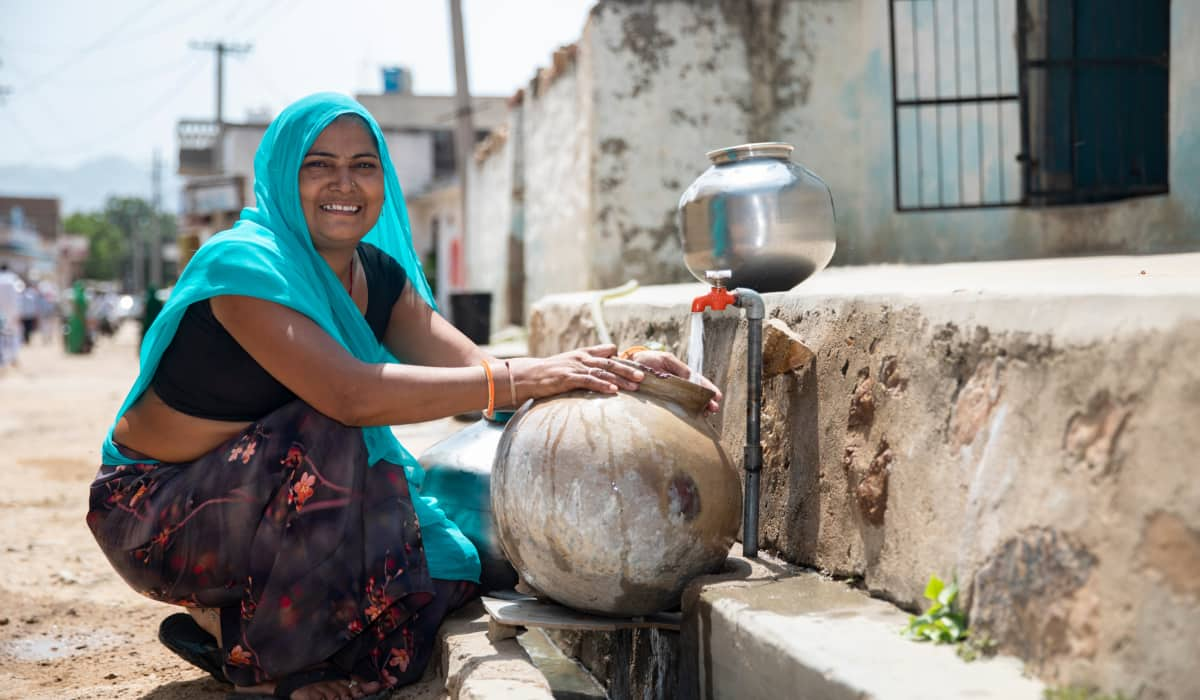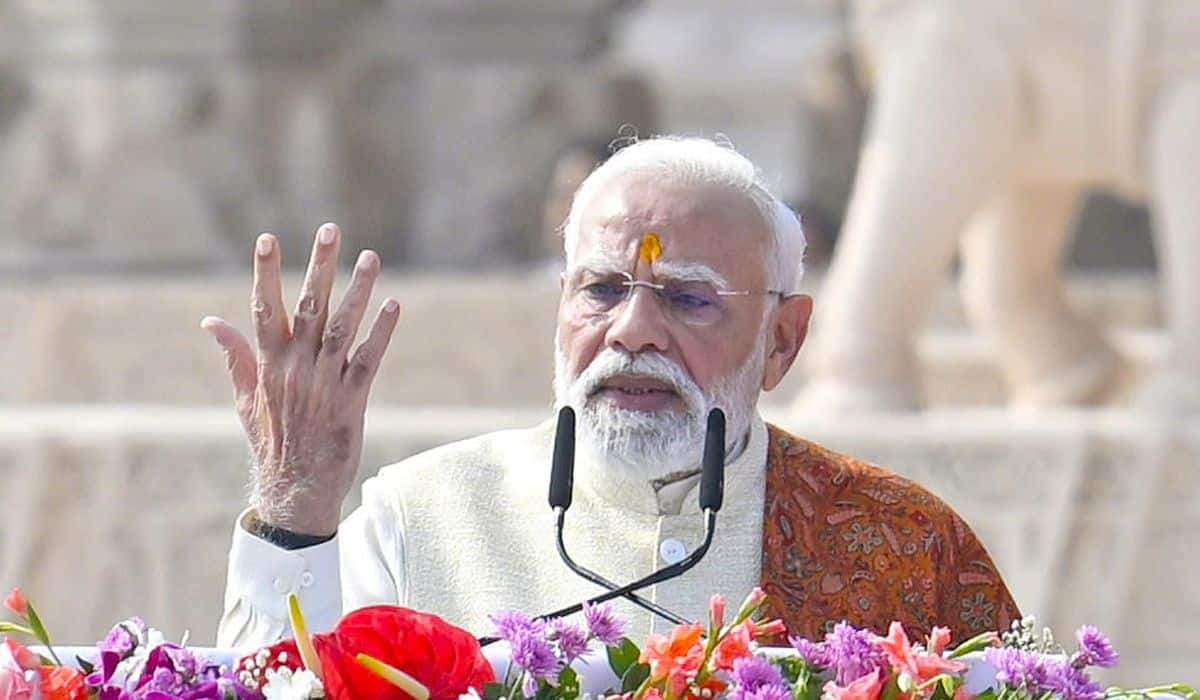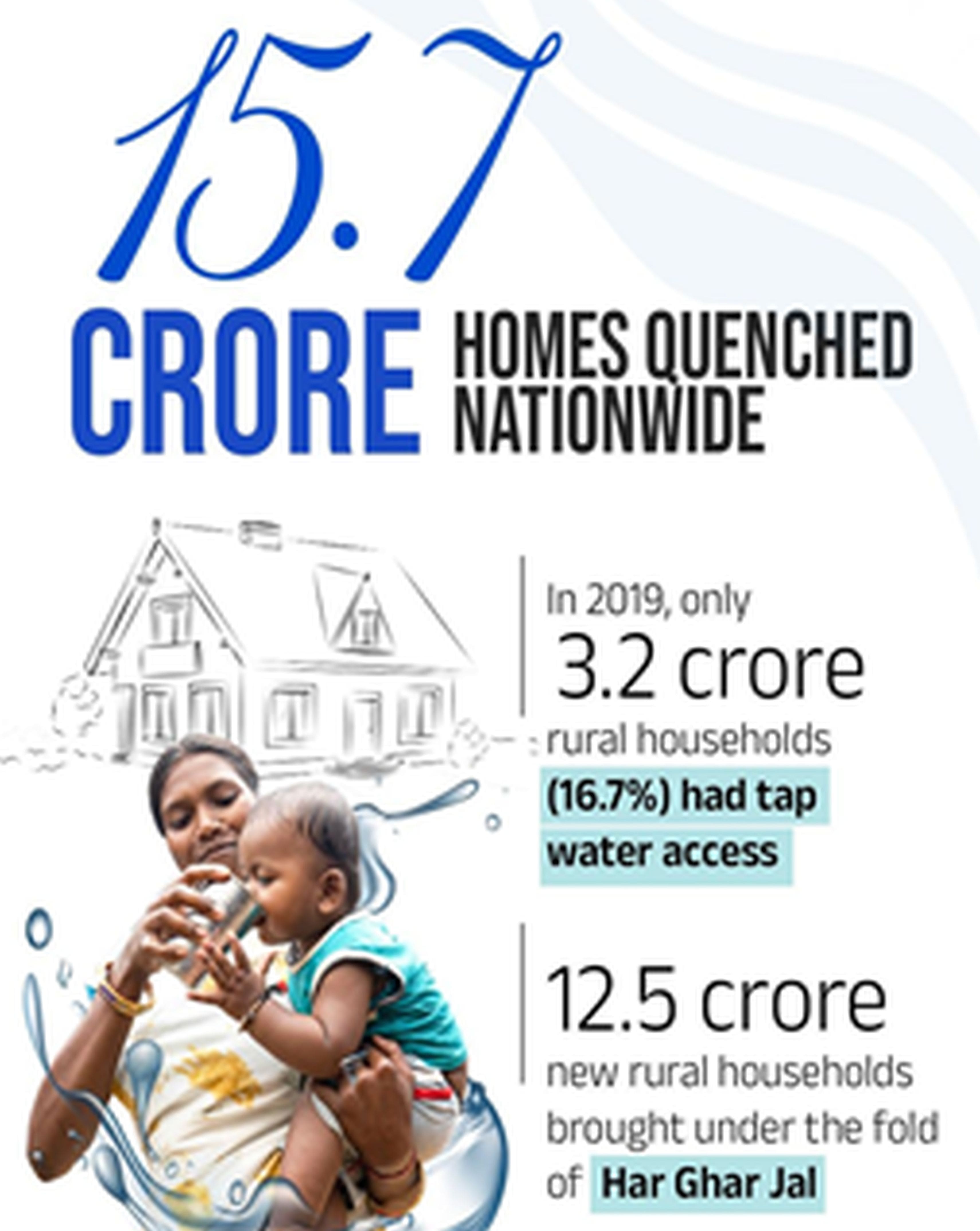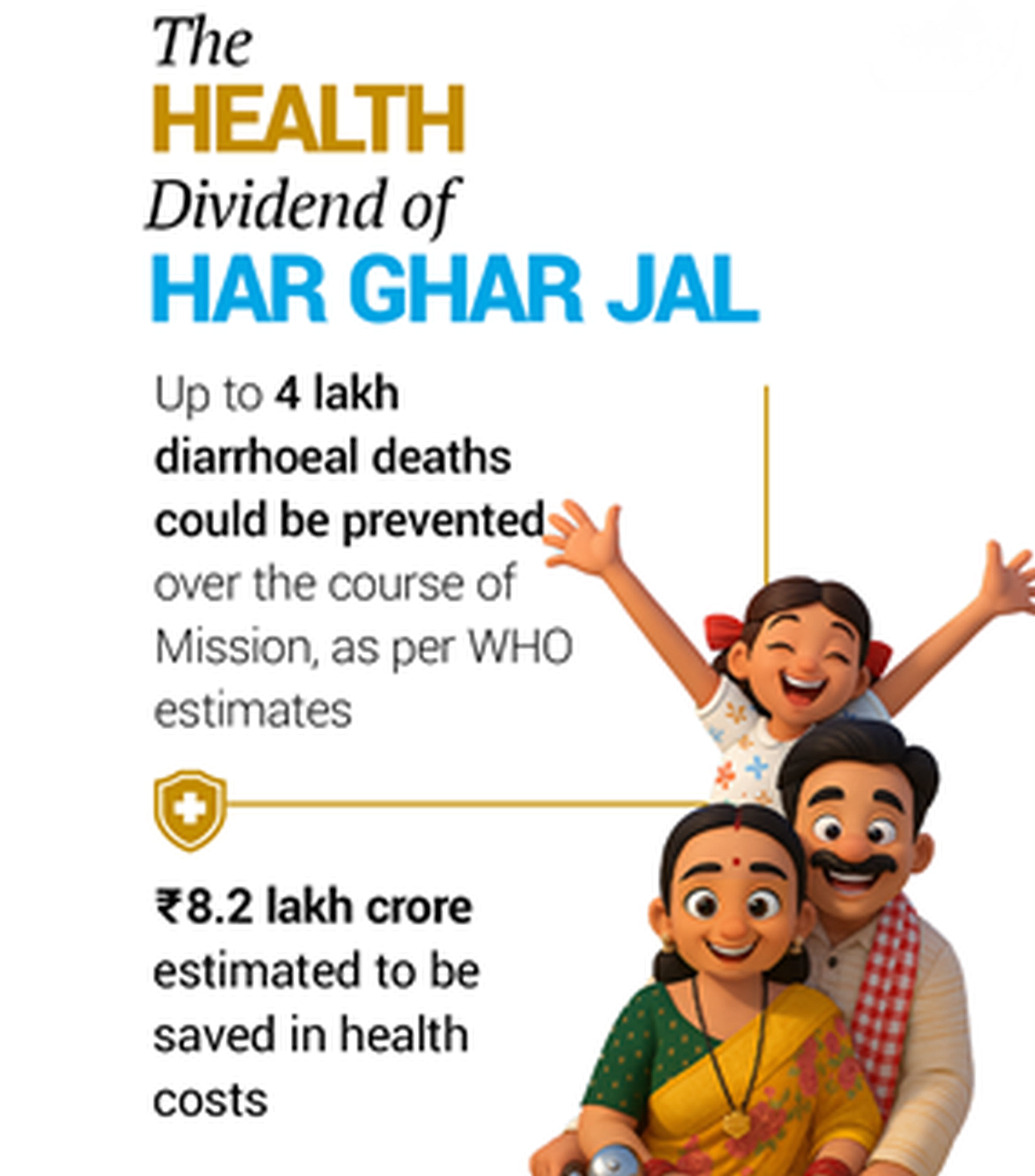Today, our nation is experiencing a huge crisis in the power sector. There have been episodes when crores of people found themselves submerged in darkness due to the ineptitude of the central government. It seems that the Centre totally lacks the vision for ensuring that the country gets uninterrupted Power Supply across its length and breadth. The Government appears not only to be lacking in forward looking Policy thought, but also lacking in its will to execute on previous plans. How else can one explain the stalled work of power stations with capacity of thousands of MW in the country? In addition to this, another worrying trend is that the Indian Government is not able to produce the electricity required for consumption. This is leading to power deficit in major parts of the country resulting in frequent blackouts. This is scenario is prevalent in major parts of the country. A lot of states find it difficult to even meet their own requirements.

In stark contrast to the dismal performance of major Congress Party ruled Governments is the state of Gujarat which today is a power surplus state. It would be interesting to study how Gujarat’s power sector achieved a complete turnaround under the visionary leadership of Narendra Modi. A true picture of how Gujarat and India stand in the power sector is presented in this table below:
Electricity generation and supply (MW)
| Electricity Generation and Supply | |
| Gujarat |
2000 |
| India |
-10000 |

The figures are also impressive when it comes to per capital consumption as the table below suggests:

But, it is not that things were always so positive in Gujarat. When Mr. Narendra Modi became the Chief Minister, Gujarat’s power sector was in a critical condition, practically in the ICU ward. It was Mr. Modi, who with his indefatigable spirit and will power who forced a transformation of the Power Sector. Not only was the Gujarat Electricity Board in economic shambles, but the electricity supply too was erratic, infrequent and inadequate at times. Apart from the limited spread of infrastructure, there was a clear inadequacy in load management. In 2000-01, Gujarat Electricity Board had made a loss of Rs 2246 crore. The Transmission and Distribution losses were very high at 35.27%. There was scope for improvement in the collection efficiency too. Fast forward to 2010-11 and the entire situation was reversed. A profit of Rs 533 crores was recorded. Distribution losses were scaled down considerably to 20.13%. The collection efficiency had been maximised to 100%. The total installed capacity in the state as on March 2012 was 15306 MW and the total generation of electricity in the state was 78651 MUs in the year 2011-12. While the nation dimmed with a power grid failure last year, Gujarat was shining with its new found stature of a power surplus state that was also able to help other states by selling to them about 5,105.43 million units (MUs) of electricity e.g. Rajasthan, Haryana, Maharashtra and Delhi! Now it is interesting to see how this transition happened. The Gujarat Electricity Board (GEB) was reorganised into 7 companies in 2005 consisting of : a Power Trading & Co-ordinating and monitoring Company - Gujarat Urja Vikas Nigam Limited (GUVNL), one power generating company - Gujarat State Electricity Corporation Ltd. (GSECL), one transmission company - Gujarat Energy Transmission Corporation Ltd. (GETCO) and 4 distribution companies i.e. Madhya Gujarat Vij Co. Ltd. (MGVCL), Dakshin Gujarat Vij Co. Ltd. (DGVCL), Uttar Gujarat Vij Co. Ltd. (UGVCL) and Paschim Gujarat Vij Co. Ltd. (PGVCL) with effect from 1st April, 2005. The power ministry of central government has drawn an integrated rating methodology for state power distribution utilities to grade the distribution companies across the country. In the first-ever exercise to grade all state utilities for their credit-worthiness, all four electricity distribution entities from Gujarat topped the charts with a rating of A+ in the rankings released in March 2013. The Gujarat Government led by Mr. Modi also ensured the control of leakages in distribution thereby checking losses in electricity supply. Strict laws have been passed against power theft. But the most radical reform, not only in Gujarat but also in the entire country was the Jyotigram Yojna. Jyotigram Yojna, a flagship program of the Government of Gujarat has ensured a remarkable transformation in the way electricity problems were been perceived and addressed. Earlier, although all Gujarat villages were electrified as per prescribed parameters, significant deficiency in power existed. A common rural feeder catered to the load of households, business , industries and agriculture, which led to 8 14 hours of 3 phase power supply, 10 to 12 hours of single phase power supply, and 3 to 4 hours of no power supply. The Jyotigram Yojna has not only corrected this, but has also revolutionised power supply in the state. The objective of the Jyotigram Yojna was to provide reliable and quality power supply for socio economic development and improving the quality of life in rural areas. The strategy under the Jyotigram Yojna was to facilitate load management by regulating power supply for agriculture consumption without affecting the supply for other consumption by bifurcation of rural load into two separate feeders
- Rural feeders called Jyotigram Feeders getting 24 hours continuous 3 phase power supply catering to residential, commercial and industrial consumers.
- Installation of specially designed transformers on agricultural feeders to cater to single phase power supply for domestic use to farmers residing on the farm.
This approach adopted by Mr. Modi is also a pleasant change from the politics of subsidies and doles prevailing in the country. Mr. Modi has not only refrained from giving any subsidies for short term electoral gains but also ensured installation of electricity metres to prevent electricity theft. This has proved that people do not want free power. They are more than willing to pay for it if the power supply is consistent and devoid of lapses. Commenting on the exceptionality of the Jyotigram Yojna, a news report said,
“Shri Modi’s government has also taken scrupulous care to ensure that the state electricity regulator - unlike in most states - remains truly independent ofpolitical pressures.” The reduction in migration from rural to urban areas by 33% can be mainly attributed to the Jyotigram Yojana which provided perpetual agricultural employment. Additionally, a study undertaken by the Institute of Rural Management, Anand inferred that the young girls and boys could study for a longer duration at home. The increase was up to 92% and 81% respectively. Also, the time spent by rural women on household chores has reduced by 26%. Each of these small impacts has enhanced the quality of life of the rural communities! In November 2012, a report by the Stockholm International Water Institute (SIWI) highly commended the Jyotigram Yojana. The report highlighted on the fact that Jyotigram Yojana has effectively addressed the dual problems of water scarcity and electricity. The report stated,
“The programme has indirectly raised the price of groundwater supplied by tubewell owners in the informal market by 30–50 per cent, thus providing a signal of scarcity, and reducing groundwater overdraft”. In 2010, the project also bagged the Innovation for India Award by the Marico Innovation Foundation. Taking ahead Mr. Modi’s idea of Urja –Shakti, the Gujarat Government has also tapped into unconventional energy sources like Solar and Wind. Gujarat contributes a lion’s share of the renewable energy production in India with firm commitment in the fields of solar energy and wind energy. Mr. Modi’s foresight has also contributed to innovative plans like the canal top and roof top solar panel projects. Gujarat Solar Park, Charanka is the single largest such installation in Asia. A Solar Parkto develop Solar Park in approximate 1407 hectares land at village Radhanesda in Vav Taluka of Banaskantha district is also coming up. Gujarat is also coming up with a Tidal Based Power Project at Gulf of Kachchh near Mandvi and Gulf of Khambhat near Hajira with a 200 MW to 300 MW capacity. This is the first of its own kind of the project in India andan employment of about 1000 person will be generated and advance marine power technology will be available to the state of Gujarat. This only shows that with visionary thinking, dedication and the will-power to force a turn around anything is possible. Gujarat despite being a state devoid of abundant natural resources was able to do it under Narendra Modi’s stewardship.















